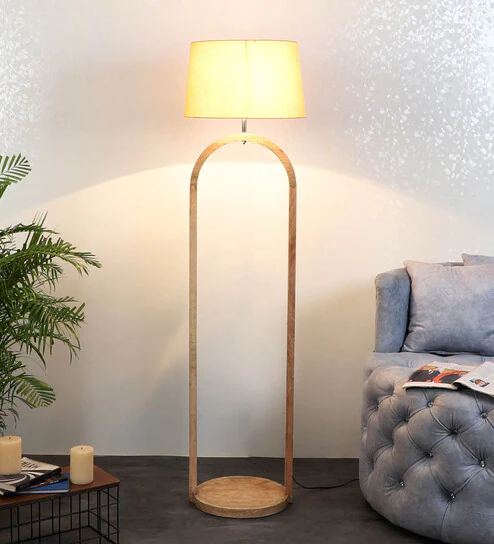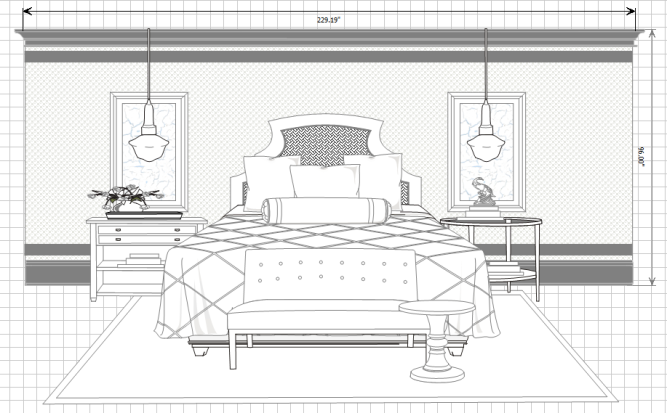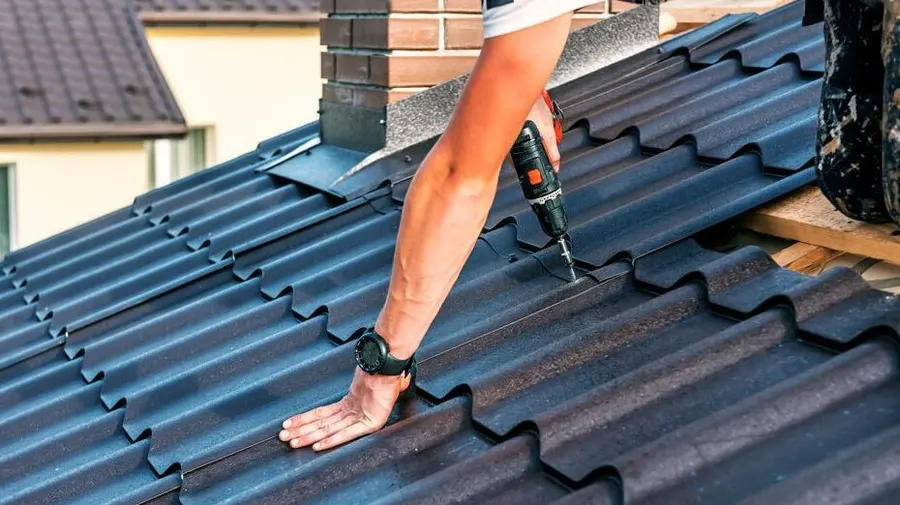Does Metal Roofing Need Strapping?
Metal roofs offer many aesthetic options that will complement any house. Although more audible, metal roofs have proven more resilient against hailstorms.
Metal roofs installed correctly over plywood sheathing and using the manufacturer-recommended underlayment can last decades when installed correctly. Learn about various panel options and customization features before making your decision.
Installation
If you opt for a metal roof, make sure the contractor you hire has experience installing panels with sharp edges – otherwise installation could prove a frustrating process! To make sure an expert handles this step of your installation.
Step one in this process involves measuring your roof and estimating how much material will be necessary. A tape measure and level are good tools to use when taking measurements; additionally, calculate its slope factor so you can purchase materials that will fit.
After you have selected an underlayment that meets the expected lifespan of your metal roofing, select an appropriate underlayment designed for it. Entrapped moisture can accelerate deterioration. Once in place, start installing metal panels starting at gable ends working your way towards the ridgeline – be sure to add closure strips when reaching it according to manufacturer’s instructions!
Materials
Metal roofing has long been used on industrial or commercial properties, but can also be installed on residential homes. Metal is an economical yet long-lasting material available in multiple panel types and colors to match any interior decor – think galvanized steel roofs with galvalume coating, copper, aluminum or even tin roofs! They can even be installed either flat or pitched roofs.
Metal roofs tend to fare better in storms than their shingle counterparts, though large hailstones may still damage it. Although this form of damage is uncommon, it should still be taken into consideration if you live in areas prone to hailstorms.
Strapping is essential if you want to prevent condensation on a metal roof, particularly if condensation problems arise. A single strap creates an air gap but won’t effectively prevent condensation like double strapping does; over time it may even rot out and lack proper ventilation – to avoid these complications it is wise to hire an experienced metal roofing contractor who knows exactly how best to install your metal roof system.
Durability
Many people associate metal roofing with rustic barns; in reality, however, there is an array of color and shape choices that can complement almost any architectural style.
Metal roofs offer durability while remaining low maintenance and environmentally-friendly. Their resistant properties to mold and mildew as well as withstanding harsh weather conditions like high winds and snowfall make them environmentally-friendly choices.
Longevity in metal roof installation depends on both its installation and materials used. Corrugated metal should ideally be thicker than 29 gauge to resist damage from snowfall or wind uplift during a storm.
Installing a metal roof requires using concealed fastener systems rather than exposed fasteners for several reasons. Leakage from exposed fasteners could allow water to leak in through holes and soak into insulation, framing, and drywall which could potentially create major structural issues if left alone for too long. Therefore, professional roofing contractors are advised when undertaking either new metal roof installations or repairs on existing ones.
Maintenance
Like other roof materials, metal roofing requires periodic maintenance in order to keep its appearance and functionality at their best. Luckily, its needs tend to be minimal and easily addressed with regular checks by either homeowners or roofing professionals.
One of the most crucial maintenance tasks is identifying and trimming any tree limbs or branches that droop over your roof. This is particularly crucial before stormy weather hits as high winds could cause them to come crashing down onto metal surfaces causing irreparable damage. Over time, continual contact could also result in scratches and scuffing.
Cleaning gutters regularly and drains for blockages is also key, as is inspecting them for clogs to avoid pooling water that damages roof panels and causes leaks. Furthermore, fasteners used to secure metal roofs must be regularly inspected for loose or corroded parts, depending on climate as their neoprene washers may degrade over time and leak leakage into the ceiling may occur.











